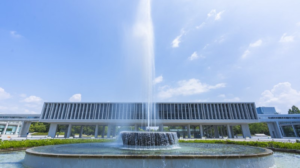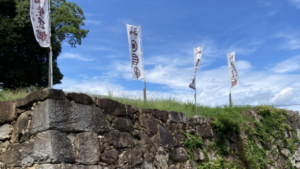Matsue Castle, Festival, and Tea Culture by Two Great Matsue Lords
Amid the chants of Horan Enya, around 100 boats, adorned with performers wearing colorfu,l splendid costumes, sail through rivers between Lake Shinji and Nakaumi Lagoon in Matsue, the capital of Shimane prefecture. The Horan-Enya Festival is one of three major Shinto boat rituals in Japan, alongside the Tenjin Festival of Osaka Tenmangu Shrine and the Kangen-sai of Itsukushima Shrine in Hiroshima. With a history spanning over 370 years, this festival is held once every 10 years. Performers showcase the Kaidenma-odori (櫂伝馬踊り), a dance recognized as an intangible folk cultural asset by Matsue. Among the festival’s highlights are Kengai (剣櫂) and Zaifuri (采振り) dances. The Kengai performer bravely wields a one-meter oar called a Kengai in Kabuki style at the front of the boat, while the Zaifuri performer dances gracefully in a female kimono in the rear. Throughout the festival, participants chant ‘Horan Enya,’ praying for a bountiful harvest, prosperity, and peace.
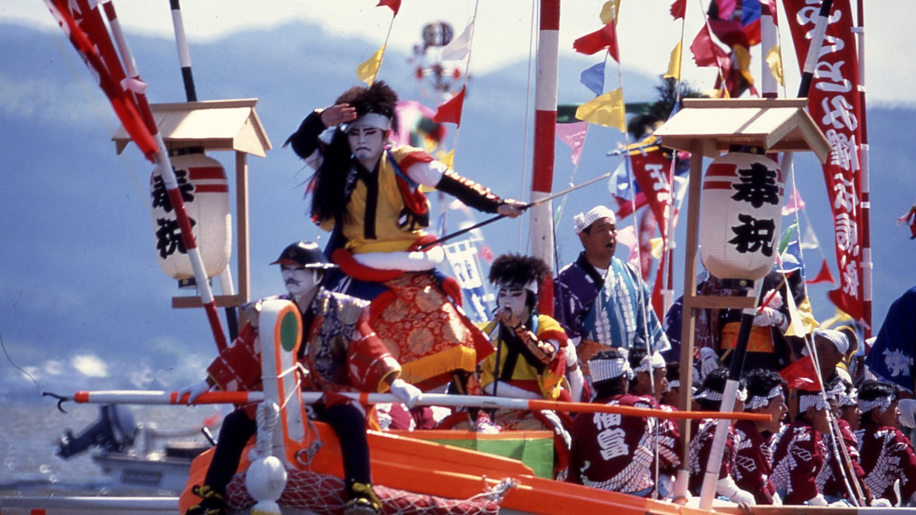
Origin of the Festival
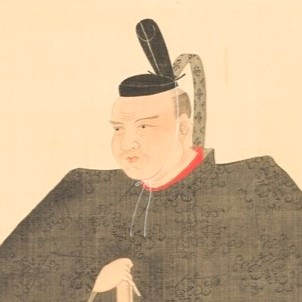
In 1648, Matsudaira Naomasa (1601-1666, 松平直政), the first lord of the Matsue Matsudaira family and a grandson of Tokugawa Ieyasu (1543-1616, 徳川家康), ordered the priest of Shiroyama Inari Shrine near his residence, Matsue Castle, to pray for a good harvest, predicting poor harvests due to bad weather. This is the origin of the Horan-Enya festival.
Naomasa’s Debut Battle
In 1614, at the age of 14, he was ordered to take part in the Osaka Winter Campaign.
As his mother helped him wear his armor, she said, ‘Your duty is to serve with great loyalty. Though you are just 14, you should work hard and meet the expectations placed upon you by your grandfather and father. Face hardships with courage, and do not let your efforts in vain. If you lose your life, you may never see me again.’
(Source: NDL, The Spirit of the Samurai for Boys by historian, Kumada Ijo)
While the Tokugawa forces struggled to attack the Sanadamaru (Sanada Barbican) built by the greatest commander of the Toyotomi army, Sanada Nobushige (真田信繁, 1567-1615), known as Yukimura, to defend Osaka Castle, Naomasa astonished everyone by charging ahead on his own to attack the Sanadamaru. Impressed by his bravery, Yukimura is said to have thrown his war fan to Naomasa as a gesture of respect.
The 1st Lord Naomasa: Laid the Foundations of the Matsue Domain
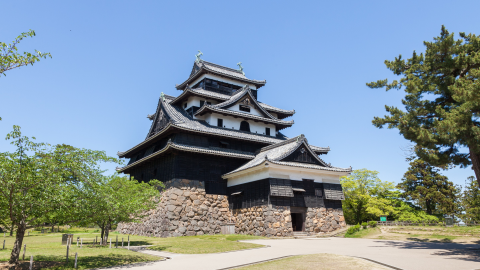
In 1638, Naomasa was transferred from the Matsumoto domain to the Matsue domain, becoming its lord with a stipend of 186,000 koku and taking residence in Matsue Castle. Matsue Castle, one of only 12 remaining original castle keeps in Japan, is designated a national treasure. Naomasa was tasked with overseeing the Toyotomi loyalists in western Japan, including the Mori clan of the Choshu domain. After entering Matsue Castle, he implemented a six-point administrative policy focused on the prohibition of luxury, curbing greed, ensuring financial stability, exercising prudence in appointments, and applying the law with care. His leadership laid the foundation for the Matsue domain’s prosperity over the 230 years, until the Meiji era. A whole view of Lake Shinjiko and Matsue City can be seen from the top lookout tower.
The 7th Lord Harusato: Master of Governance and Reform

In more recent times, towards the end of the 19th century, the 7th lord, Matsudaira Harusato (1751-1818, 松平治郷), reformed the domain's duties, including financial reconstruction and the promotion of new local industries. He and his successor managed to pay off the debt of the entire Matsue domain, which was approximately 500,000 Ryo – equivalent to 50 billion yen in today's value. A key factor in this success was the cultivation of ginseng and its export to China, although very few domains succeeded in doing so, which brought great profits to Matsue.
A Confectionery Tradition Shaped by the Cultural Figure, Fumai
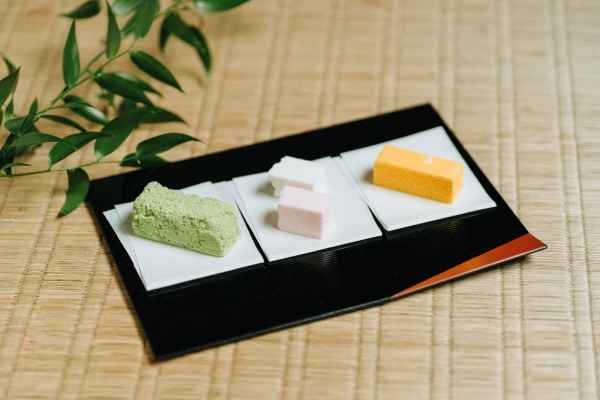
Harusato was a highly cultured individual with expertise in a wide range of fields, including Zen, calligraphy, painting, poetry, and the way of tea. His tea practice is known as the Fumai School, named after his pseudonym, FUMAI (不昧), meaning ‘not to be blinded by material desires.’ He pursued the purity and simplicity in his tea style, returning to principles of Wabi-cha established by Sen-no-Rikyu (1522- 1591, 千利休) in the late 16th century, as opposed to the ornate popular tea styles at the time. In keeping with the refined atmosphere of the tea ceremony, Japanese sweets were created to express the elegance of each season. In particular, the ‘Hime Kosode’ was created to the taste of Lord Fumai. And Matsue, along with Kyoto and Kanazawa, is a place that continues to fascinate us today as a center for confectionery.
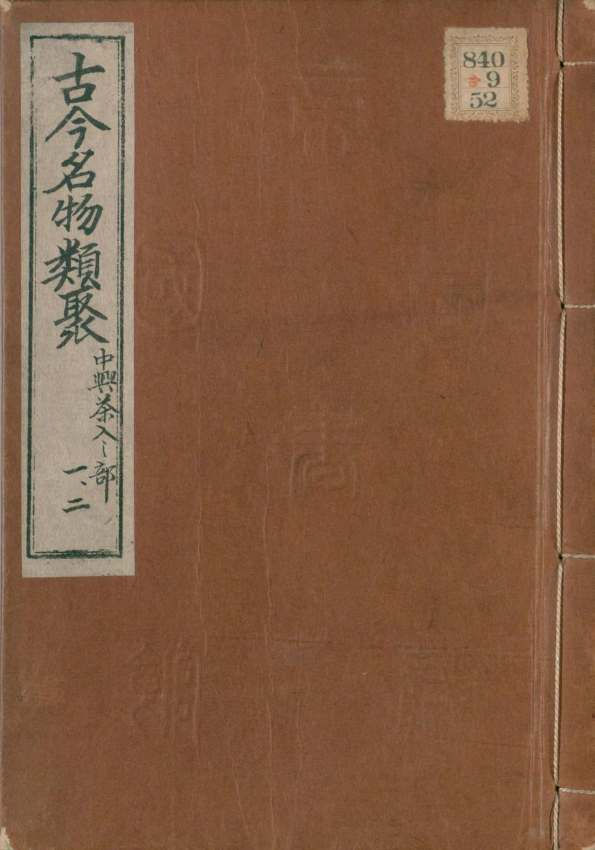
In addition, Harusato had a deep appreciation for tea utensils, some of which have been designated as national treasures. Notable examples include the Katawaguruma makie raden tebako (片輪車螺鈿手箱), a lacquered cosmetic box, and the Yuteki Tenmoku tea bowl (油滴天目). In his renowned book Kokin-Meibutsu-rui-Jyu (古今名物類聚), he categorized over 1,000 tea utensils, emphasizing that these items should be regarded as a cultural heritage rather than personal collections.
Enjoy Matsue’s traditional cultures over a wide field; the Horan-Enya festival and the tea ceremony with Japanese confectionery, some of which were enjoyed by Lord Fumai.
Matsue Lords Timeline
| 1601 | Matsudaira Naomasa was born | Age=1 |
| 1614 | Naomasa joined Tokugawa forces at the Winter Siege of Osaka | 14 |
| 1615 | Nomasa joined Tokugawa forces at the Summer Siege of Osaka | 15 |
| 1638 | Naomasa moved to Matsue and became the 1st Lord of Matsue Domain | 37 |
| 1751 | Matsudaira Harusato was born | Age=1 |
| 1767 | Harusato became the 7th Lord of Matsue Domain | 16 |
| 1818 | Harusato passed away | 67 |
Recommendations to visit
Matsue Castle & Shiroyama Inari Shrine
- Access: 10 min. from JR Matsue Station on the Lake Line Bus. Get off the bus at Matsuejo-Kencho-mae "国宝松江城・県庁前"
Meimeian Teahouse
- Access: 15 min. from JR Matsue Station on the Lake Line Bus. Get off the bus at Shiomi Nawate "塩見縄手", then a 5-minute walk

